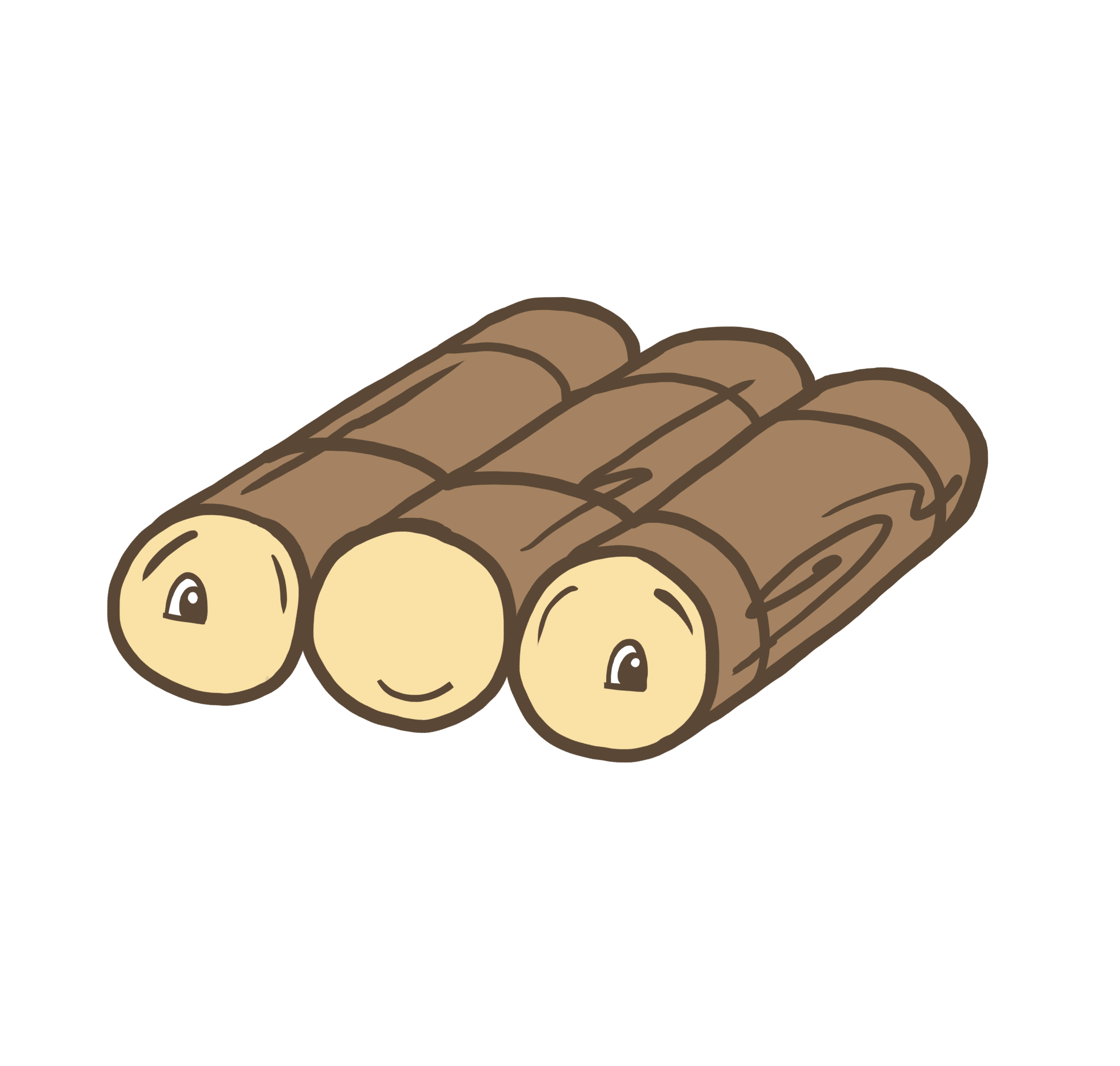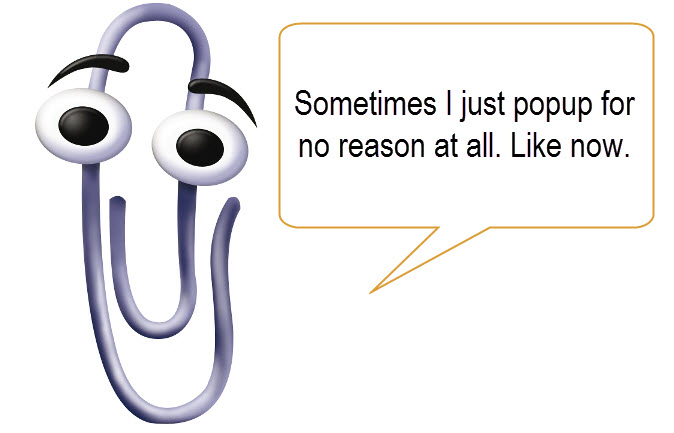As you can probably tell from this blog, I have been working in the wonderful world of Graphs for quite some time now -
Neo4j remains to be one of the coolest and inspiring products I have ever seen in my 20 odd years in the IT industry, and it certainly has been a thrill to be part of so many commercial and community projects around the technology in the past 5 years. Not to mention the wonderful friends and colleagues that I have found along the way.
One thing that does keep on amazing me in working with Neo4j, is the never ending
- stream of use cases, industries and functional domains where graphs and graph databases can be useful
- stream of new audiences that we continue to educate and inform on the topic. Every time we do a meetup or an event, we seem to tap a new source of people that are just starting their journey into the wonderful world of graphs - and that we get to talk to and work with along the way.
When dealing with these new audiences, it's also pretty clear that we ... keep on having the same types of conversations time and time again. Every new graphista that gets added to the community, is asking the same or similar kinds of questions... and most likely, they are going to google for answers.
This leads me to the topic of this blogpost, which is both fun and serious at the same time: we are going to try and autocomplete neo4j :) ...
Autocompleting? What's that again?
When we talk about autocomplete, we talk about this amazing technology that Google has built into it's search functionality, that completes your search query as you type - often times "guessing" what you will be looking for most likely before you even thought about it... it can be pretty interesting, even eerily scary sometimes...





